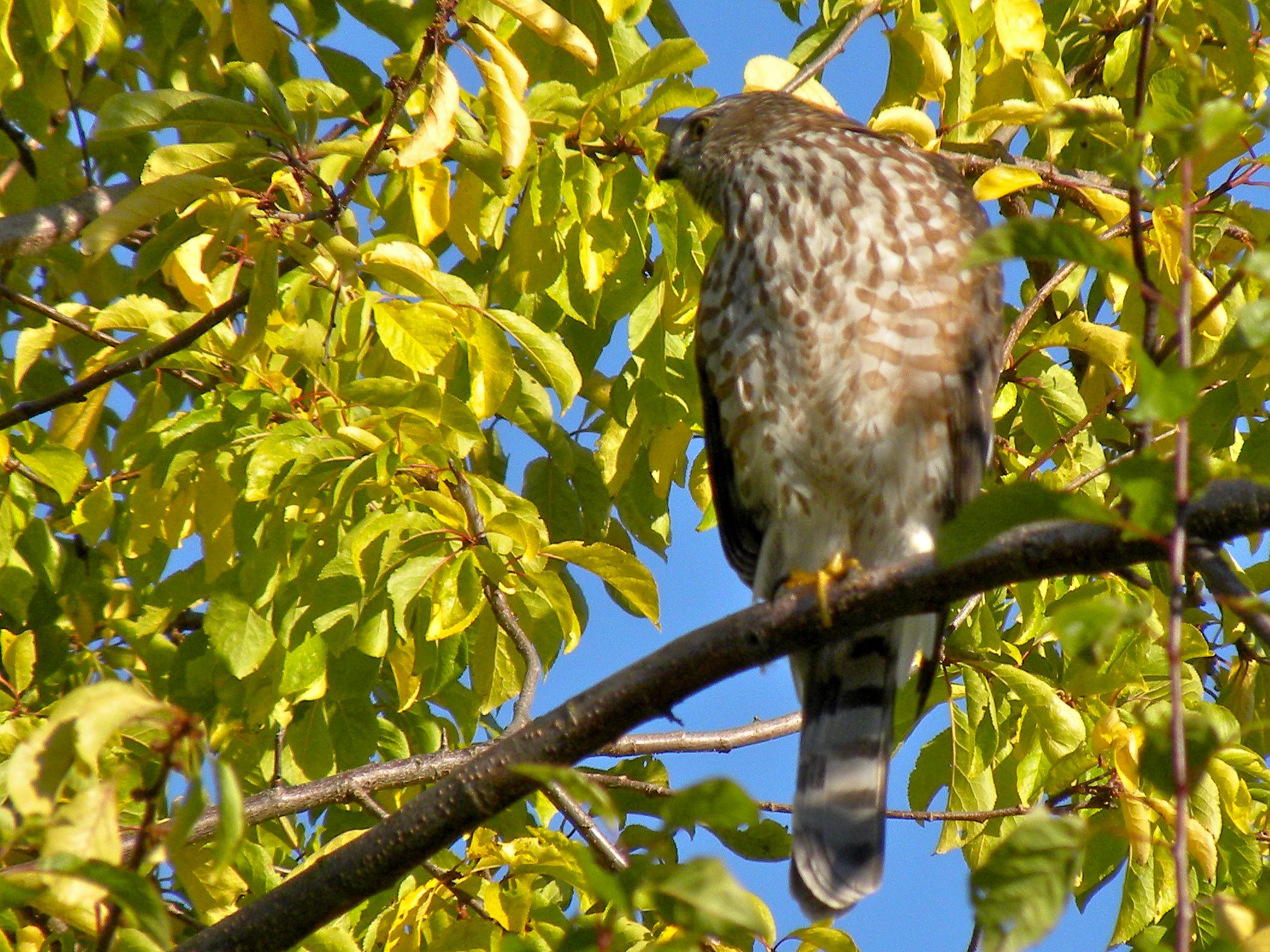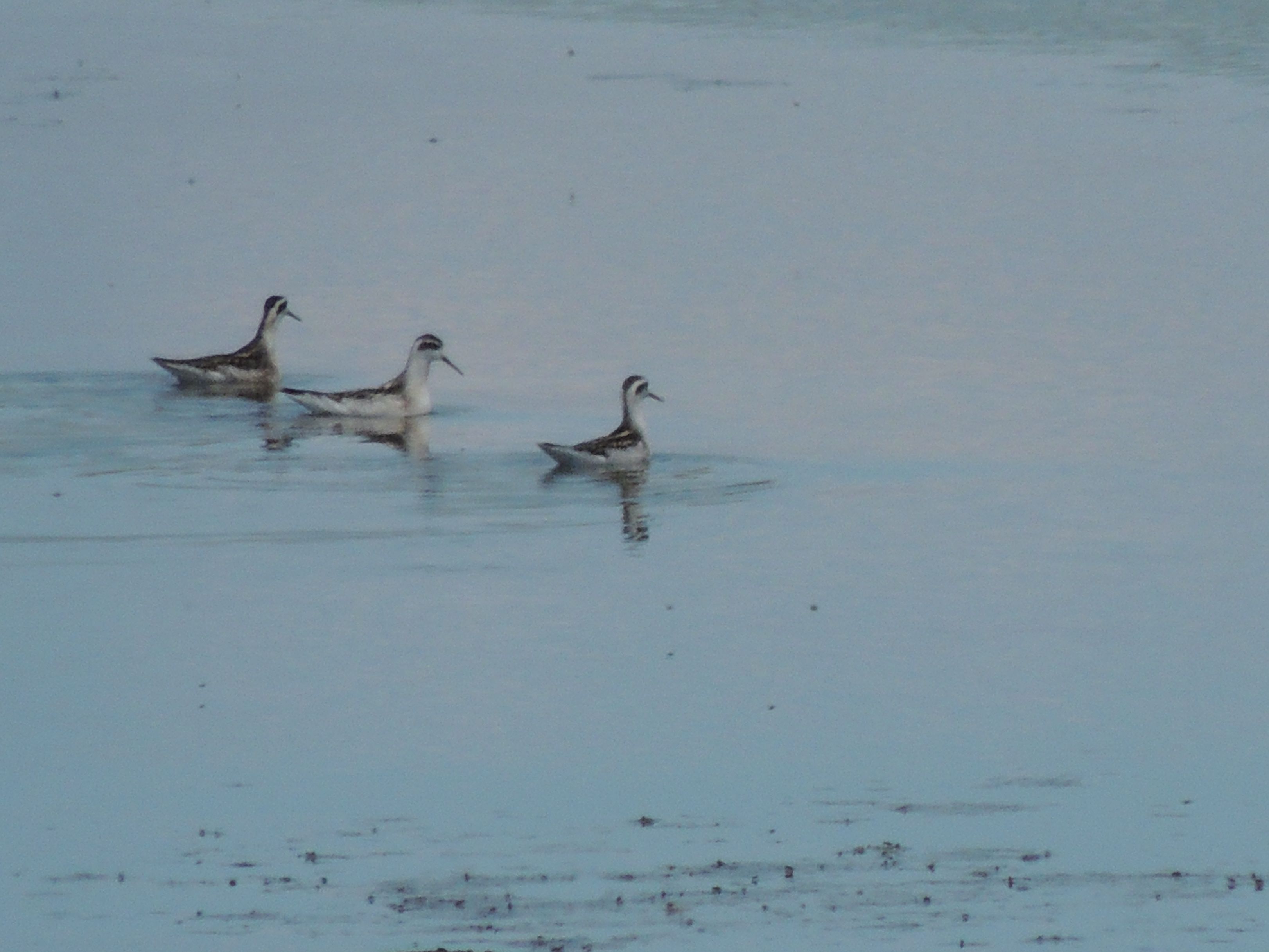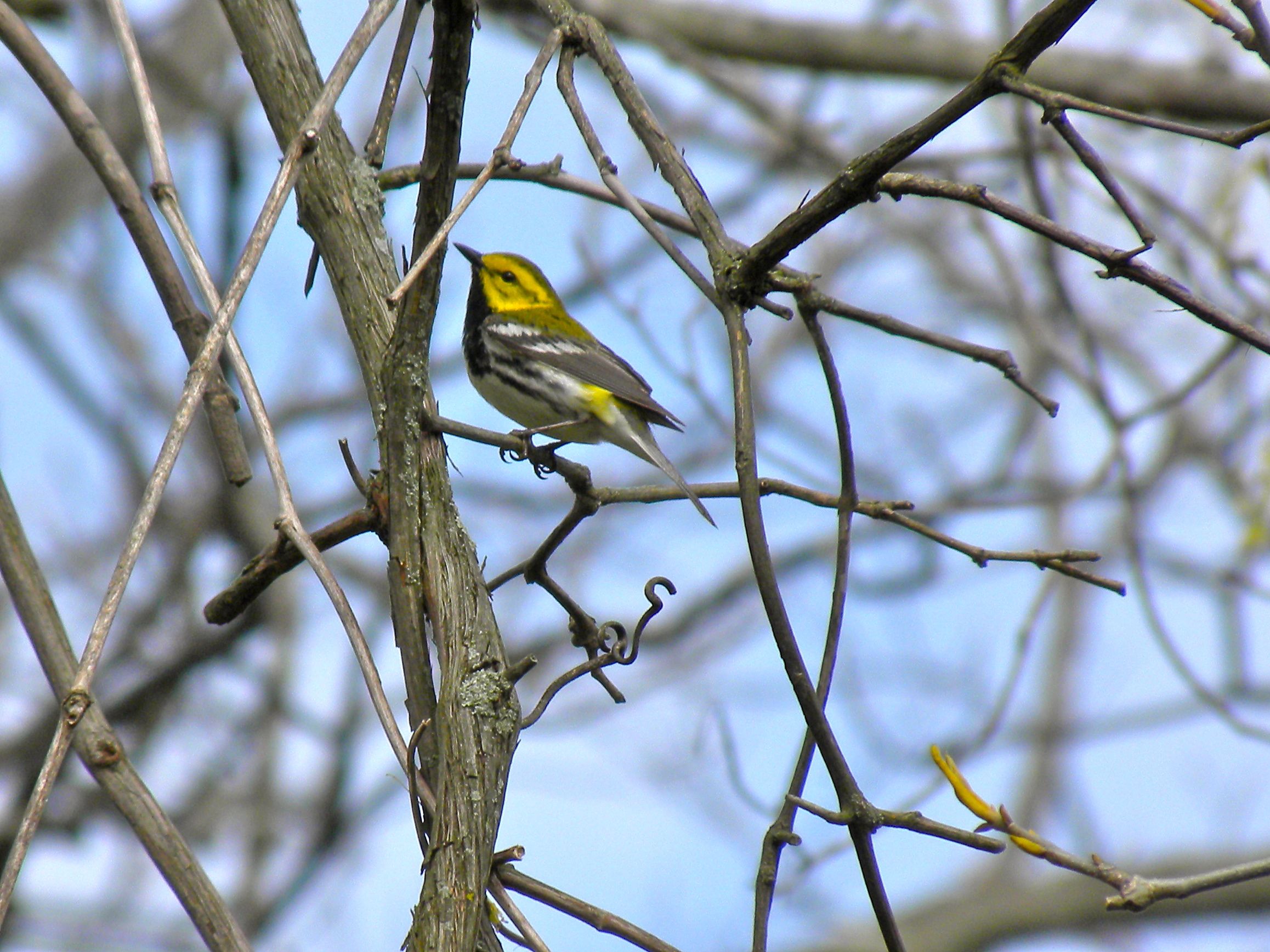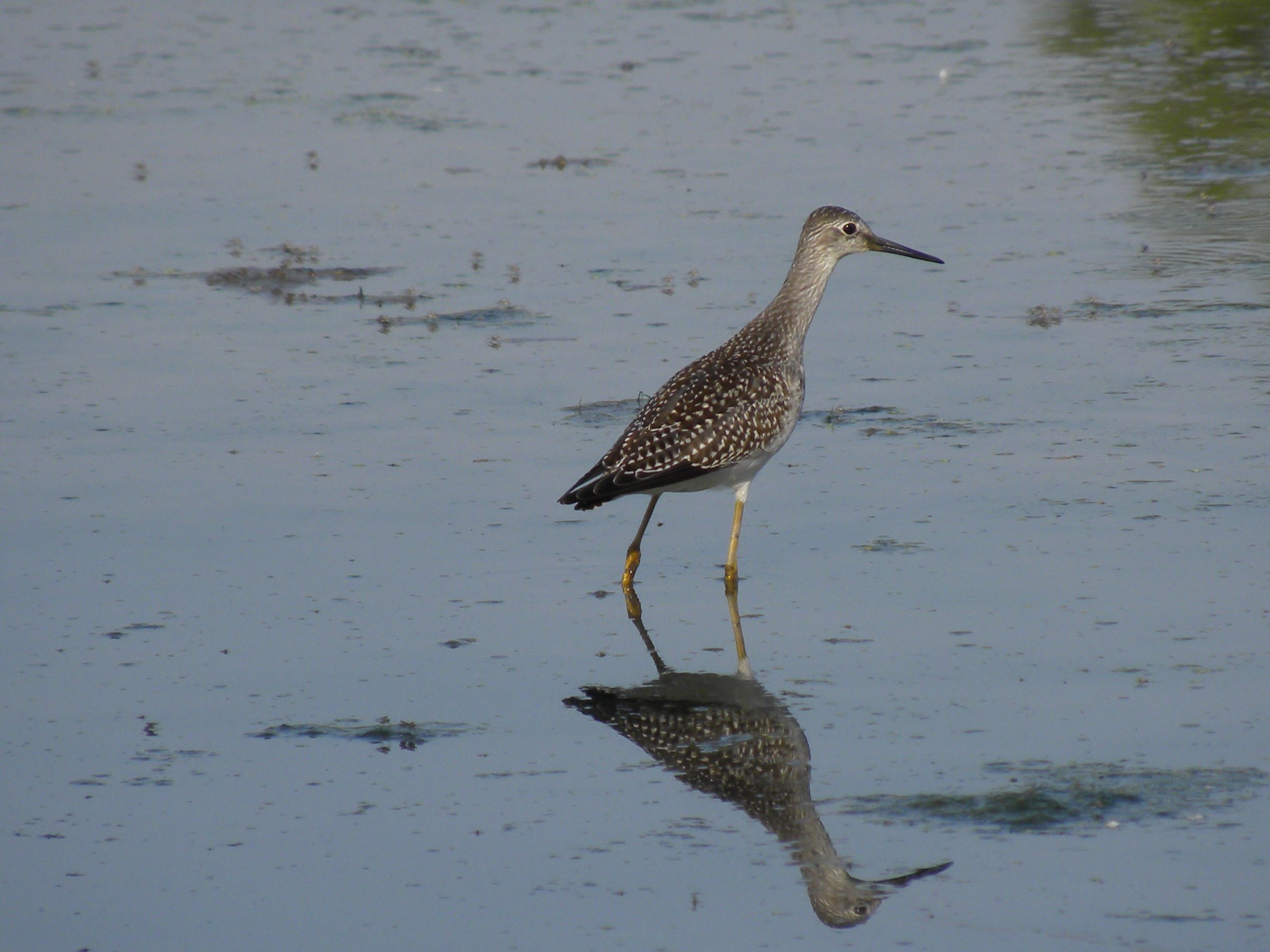September 3 2012. Ruthven Park, Cayuga ON. I had quite forgotten what a richness of bird species there is to enjoy on a good day at a good bird observatory. Today was my first opportunity to return to my favourite bird observatory to lend a hand this the fall season. Bird observatory activities including census taking, mist-netting and banding continues daily throughout September and October.
To refresh, the observatory is located in the grounds of a splendid 19th Century neo-classical country house that would look quite National Trustish in England but is little short of jaw-dropping in 21st Century Ontario. The grounds include several acres of wide alluvial river flats, a network of heavily wooded creek valleys, open farm fields and upland forests. This is perforce a very brief introduction; you can read lots more about it and get completely absorbed for hours by visiting its website here and nature blog here.
On my arrival early this morning it was already busy and I was put to work banding a young Scarlet Tanager. Then a check of the nets turned up Red–eyed Vireo, Philadelphia Vireo, Winter Wren, Yellow–billed Cuckoo, Magnolia Warbler and Ovenbird to name but a few of what I remember.
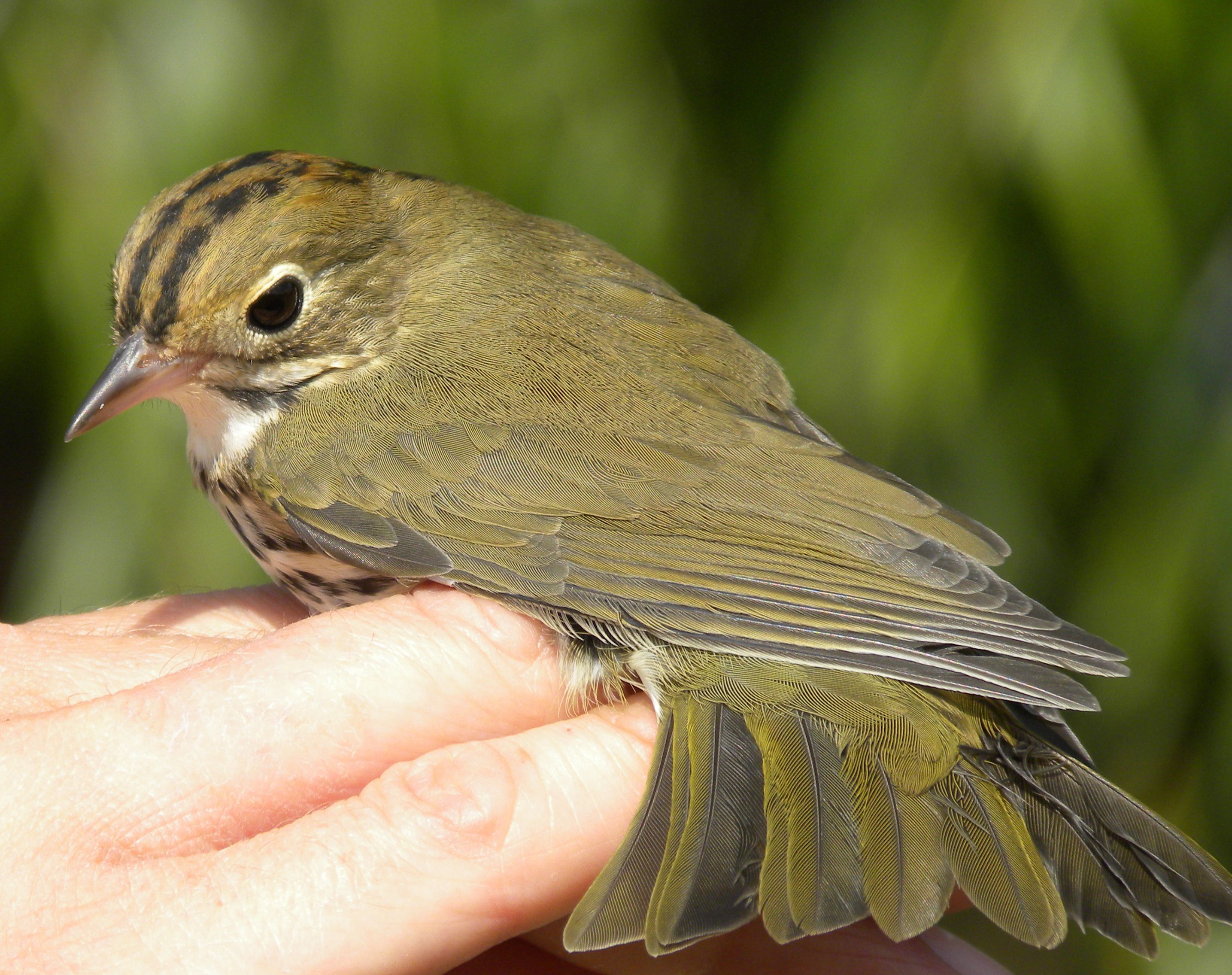
It sometimes/ often / usually /always falls to me to do the daily census. A task that keeps me out of harm’s way for a couple of hours and fills a page or two with a list of all birds seen or heard on a walk around a prescribed route. I am usually accompanied by visitors, sometimes they’re birders, sometimes not, but many eyes and ears are always helpful.
Today we had some great sightings; a single Yellow–billed Cuckoo (not the one banded just before we left the banding lab), many Eastern Wood Peewees singing. A couple of Red–eyed Vireos were in the sparse branches of a dead spruce and close to about 20 Cedar Waxwings feeding on the abundant blue-grey fruit of a Red Cedar. Along the river a family of four, maybe five, Osprey were patrolling up and down, the parents looking for food to keep their insistent youngsters happy. A pair of Wood Duck flew by and then shortly afterwards three Green-winged Teal. On a gravel-bar in the river were 16 Killdeer, 2 Lesser Yellowlegs and a single Spotted Sandpiper. Then, perhaps the event of the day, an adult Bald Eagle closely chased one of the Ospreys pressing home a point of proprietorship that I never did figure out.
My Birds of the Day were three Chimney Swifts seen circling above the banding lab. Swifts always make me stop and stare because they are irrefutably birds of summer, always flying in high-wheeling chase above us, twittering busily and living a perpetually airborne life. If given the chance I think I’d like to be reincarnated as a swift.
